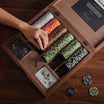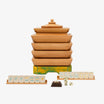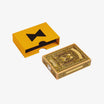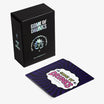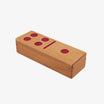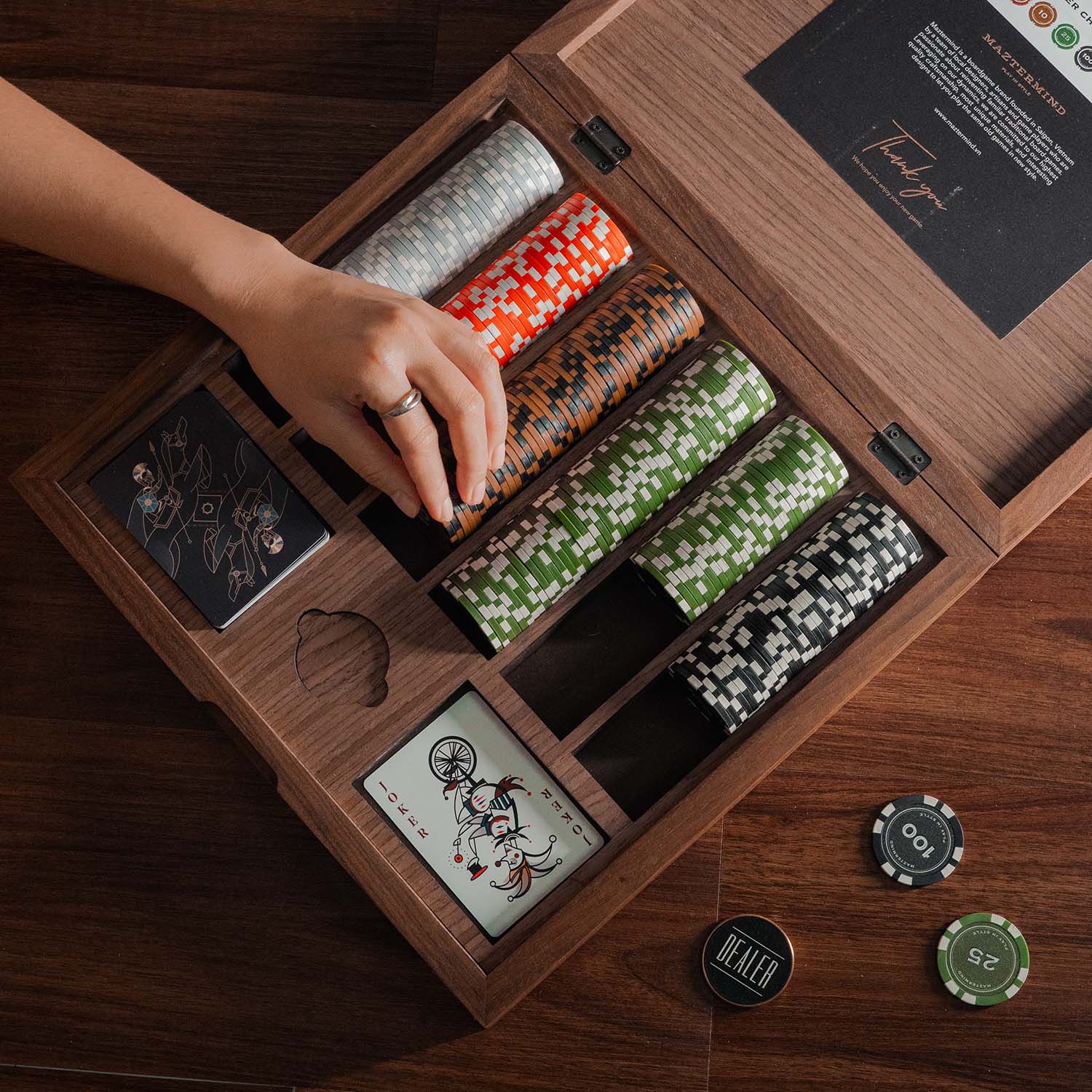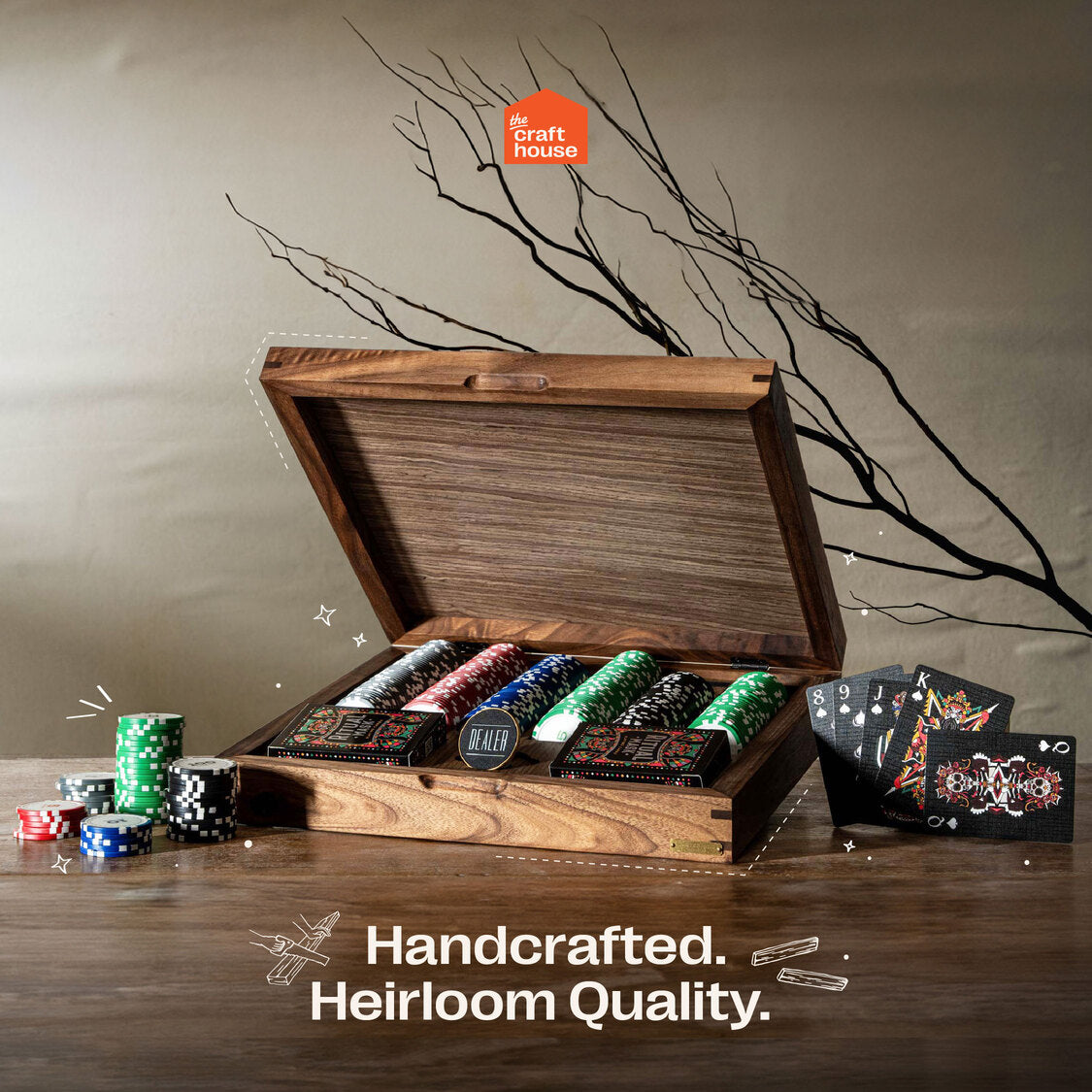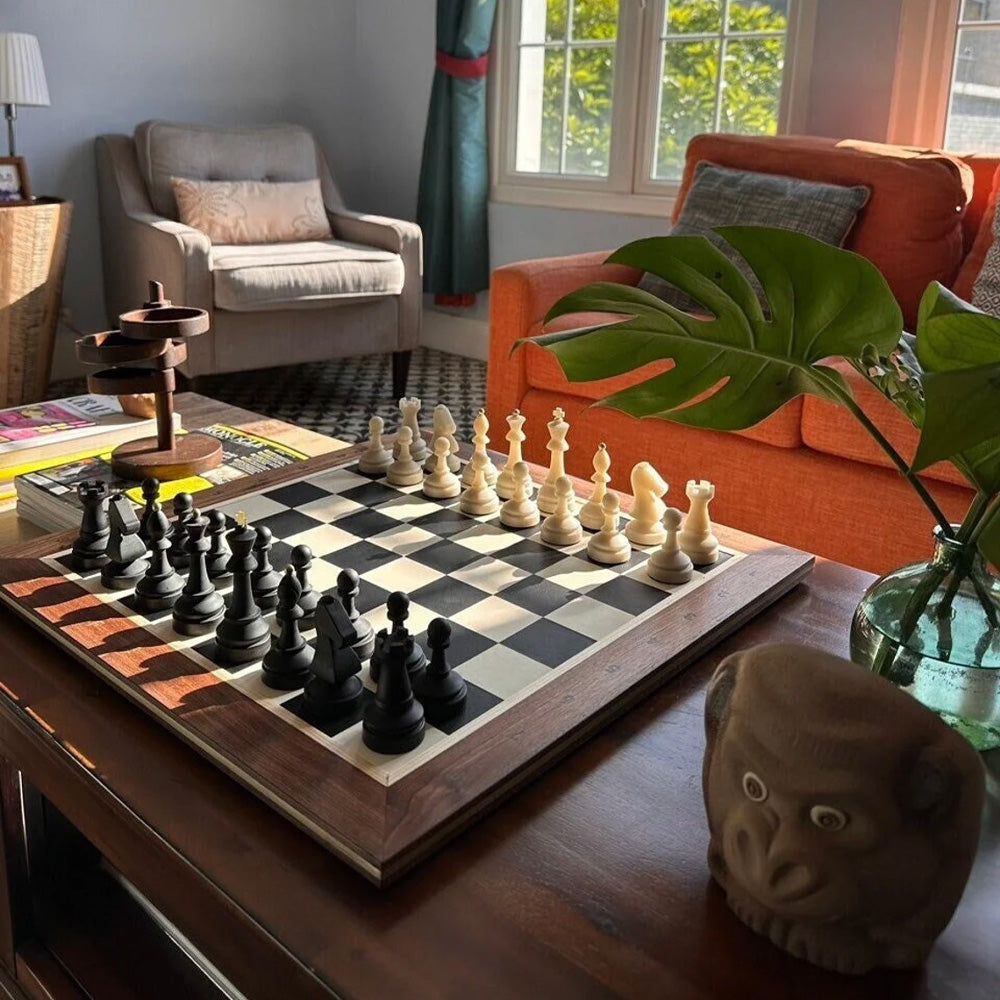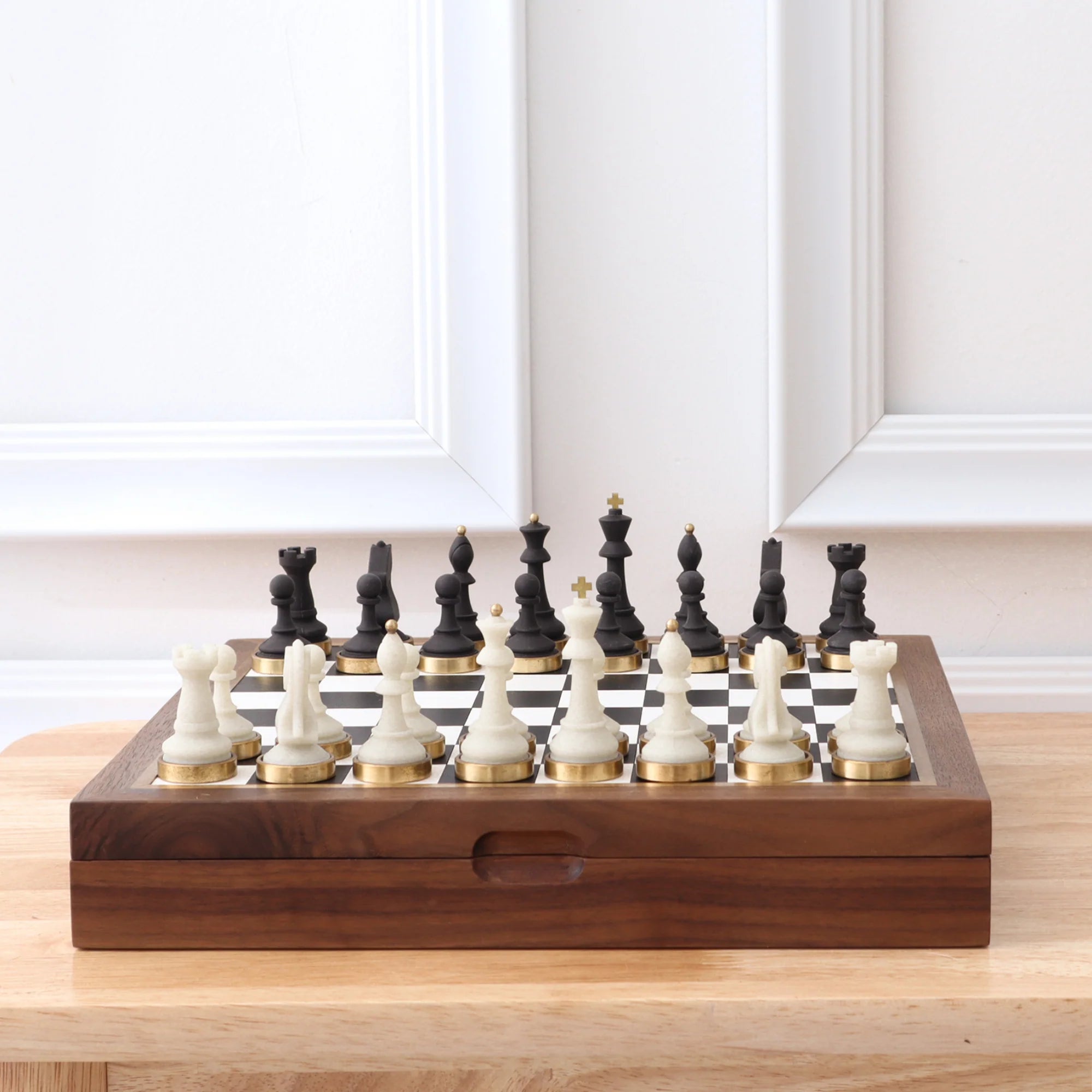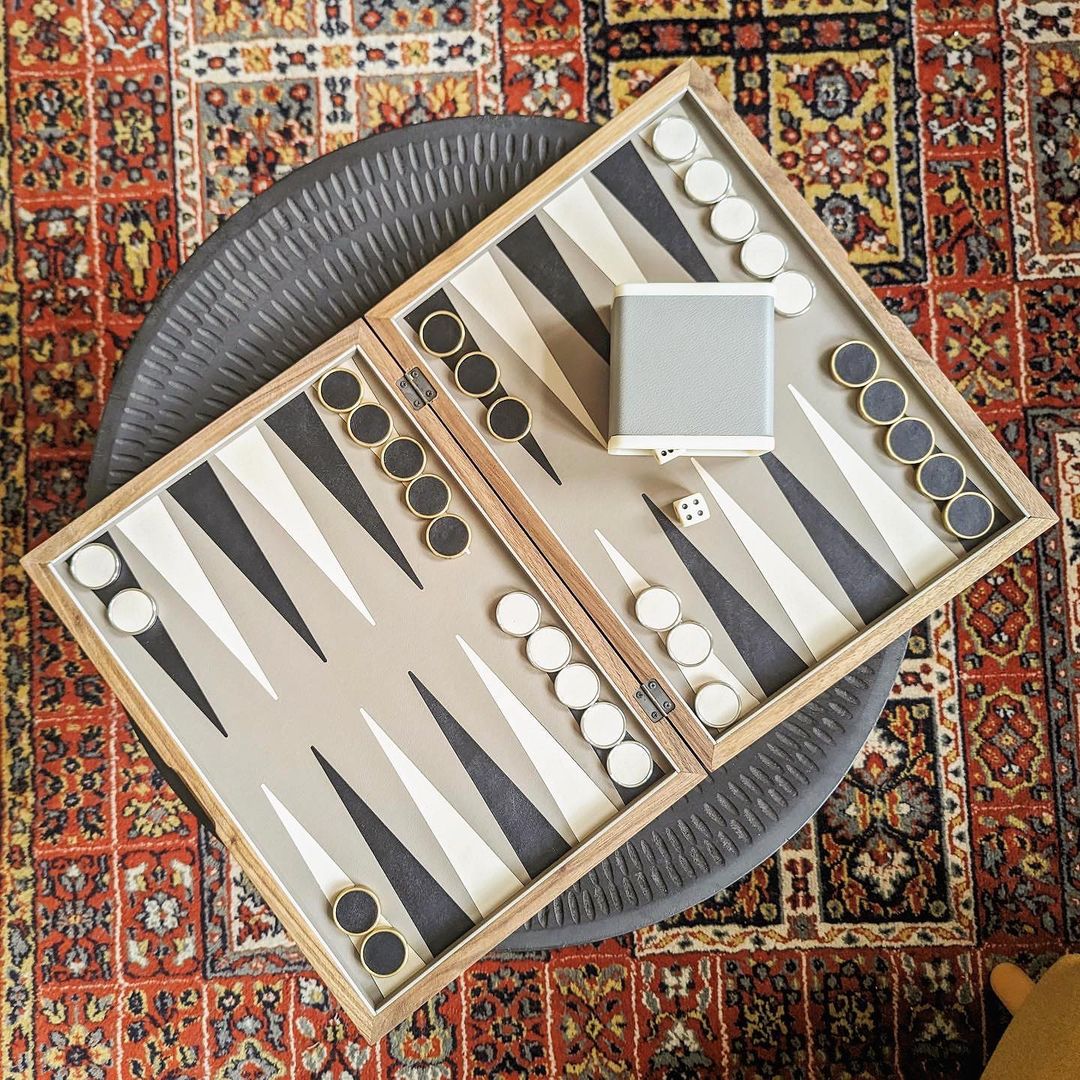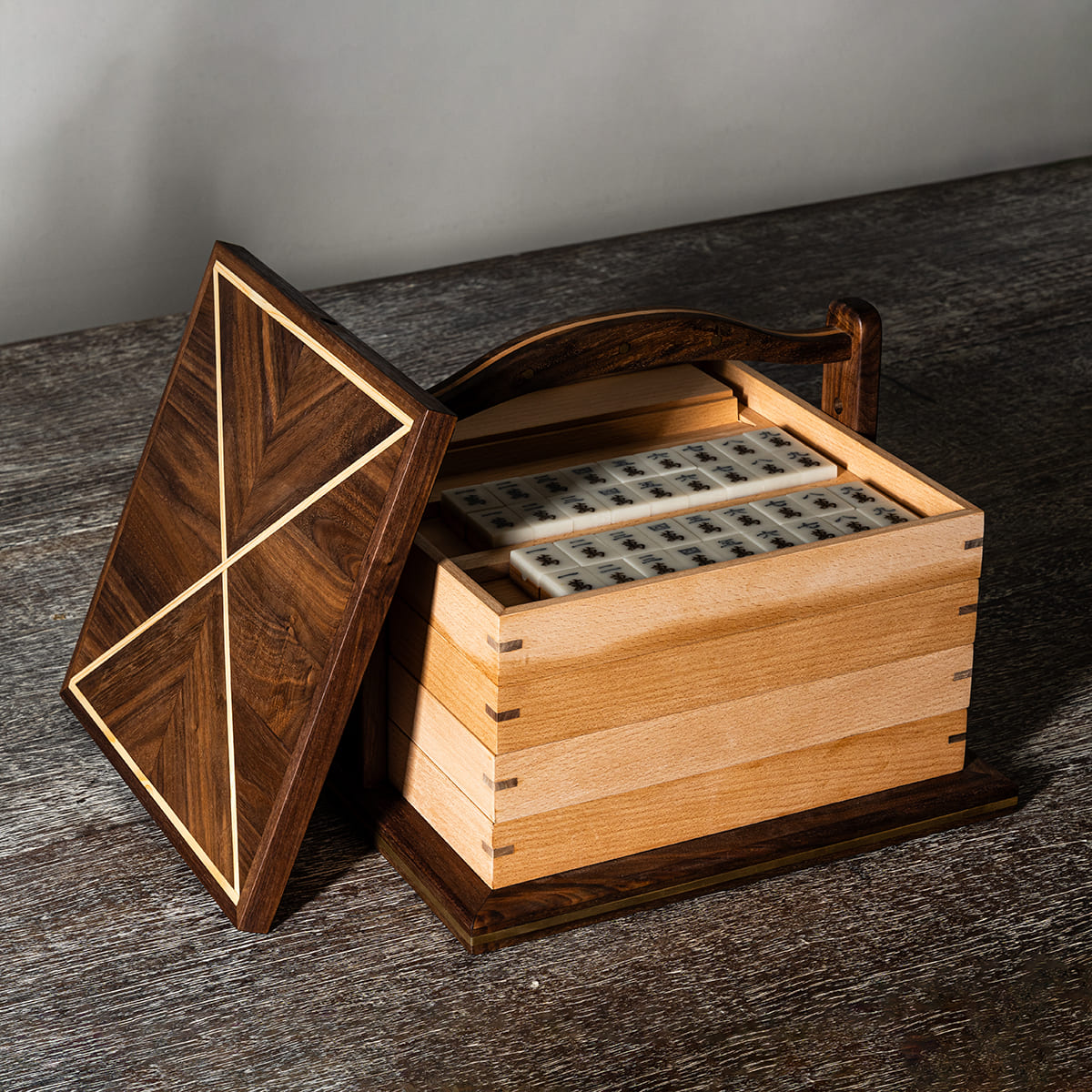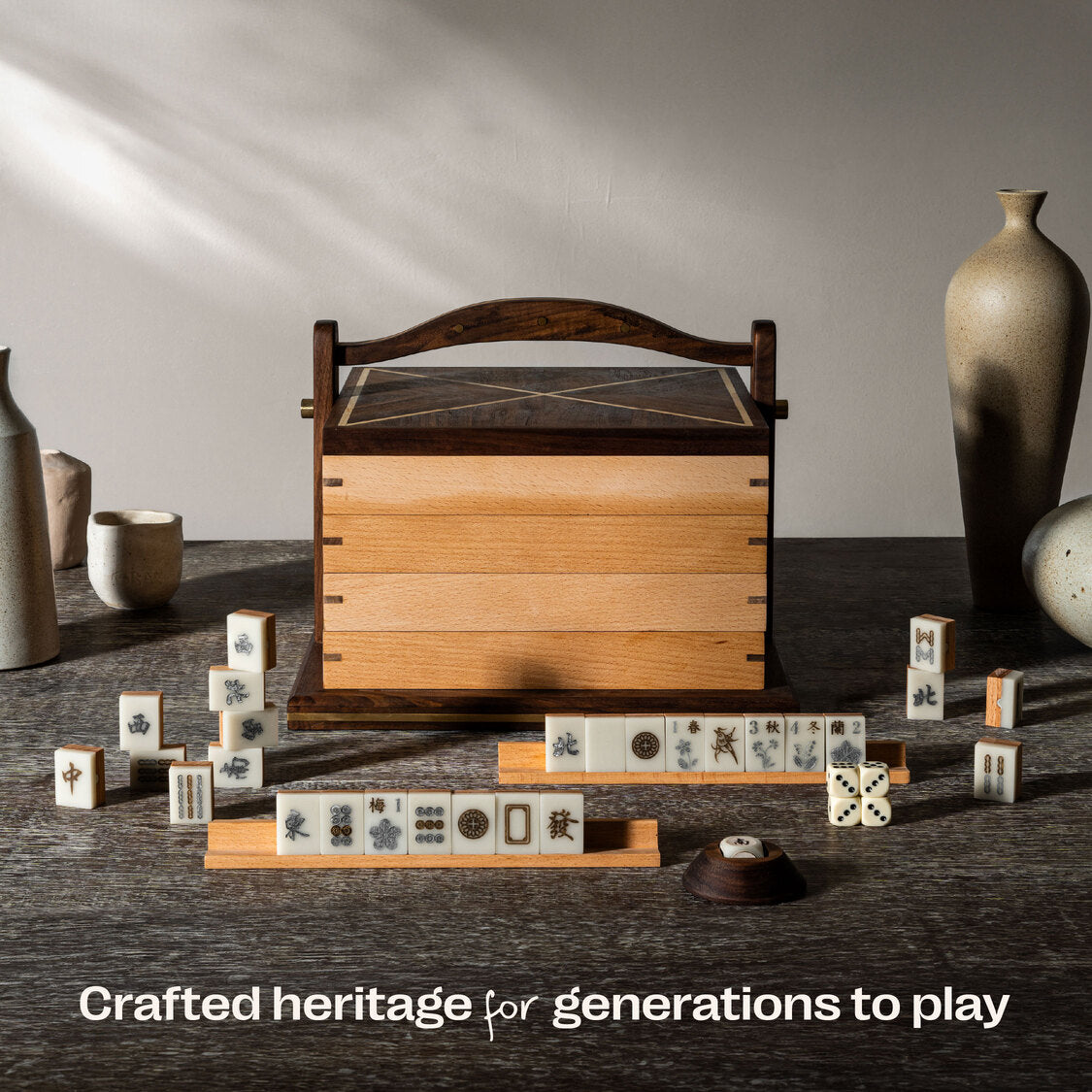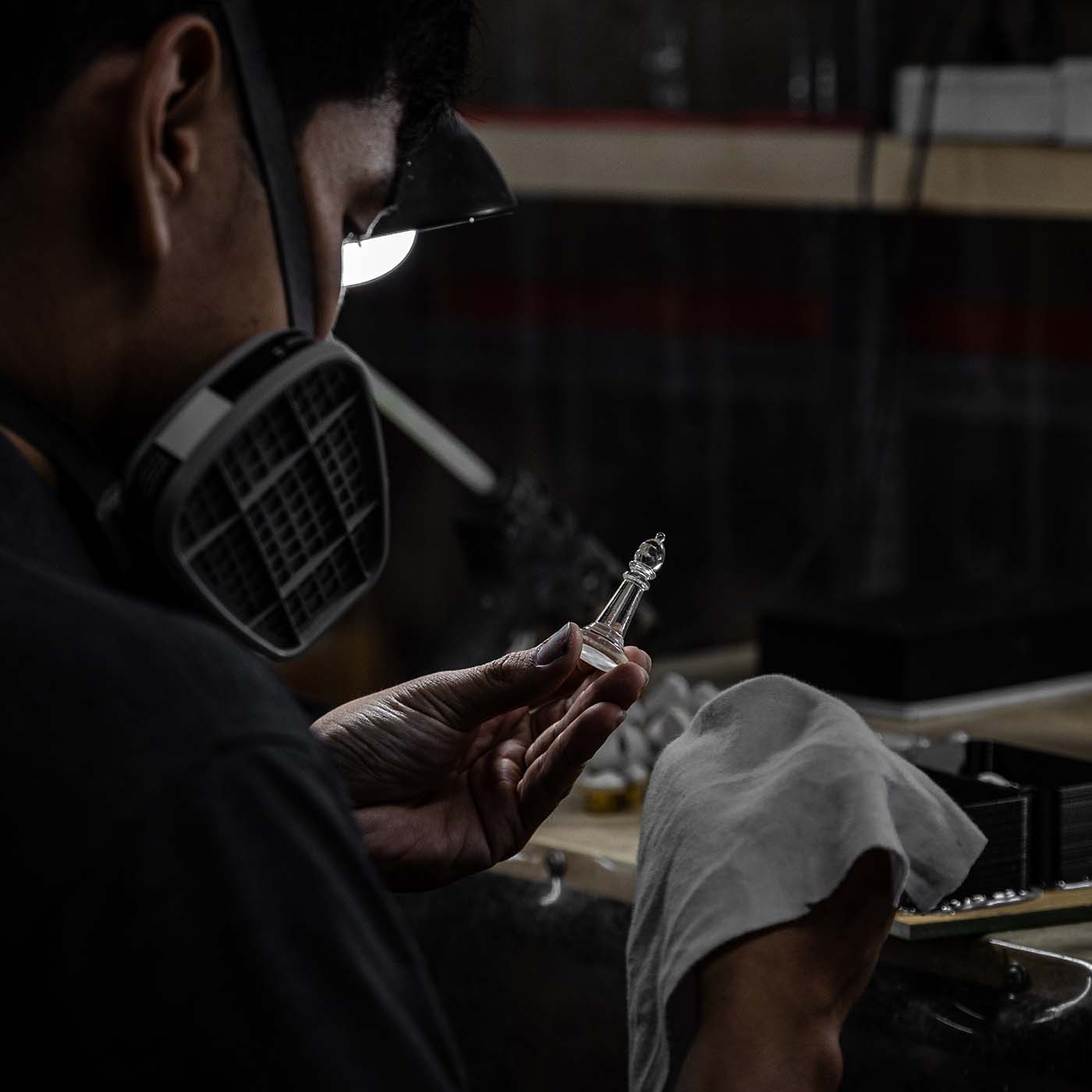In a world dominated by mass production, owning a handcrafted item carries a unique personal significance. These small yet intricately designed accessories bring a distinctive flair to your favorite bags, keychains, or decorative displays. Inspired by everything from beloved dog breeds and spirit animals to iconic figures or simple shapes like a ball, leather bag charms beautifully blend artistry and craftsmanship.
Every handcrafted accessory is imbued with passion and attention to detail, making it a cherished piece. This is where handcrafted leather charms shine—a delightful combination of charming designs, eco-friendly practices, and a respect for artisan traditions. But what goes into creating these enchanting accessories?
In this blog post, we’ll take you behind the scenes to uncover the meticulous process of crafting leather charms, where each piece is lovingly handcrafted with care and precision.
Step 1: Inspiration and Design
Every leather bag charm starts with an idea. The creative process begins with inspiration drawn from various sources, whether it’s animals, plants, abstract shapes, or even seasonal themes like holidays or cultural symbols. The challenge lies in translating these ideas into miniature forms that can capture attention without overwhelming the charm's small canvas.

Designers begin by sketching out their concepts, followed by refining the shapes and details to ensure the charm is both eye-catching and functional. At this stage, balance is key—every line and detail is planned to ensure the design remains recognizable yet unique, all within the constraints of a small, wearable item.
Step 2: Choosing the Right Material
1. Microfiber Vegan Leather
Selecting the right material is crucial to creating premium leather bag charms. After careful consideration, we chose Microfiber Vegan Leather for its durability, flexibility, and eco-friendly properties—making it the perfect choice for detailed, high-quality designs.
Why Microfiber Vegan Leather?
Crafted entirely from this innovative material, our charms combine luxury and functionality. With a texture that closely mimics genuine leather, it outperforms traditional leather in durability and sustainability, offering a refined yet practical solution.
Key Benefits:
- Authentic Feel: Smooth, soft, and luxurious with vibrant, vivid colors.
- Exceptional Durability: Water-resistant and resistant to abrasion, peeling, and tearing for long-term use.
- Hassle-Free Maintenance: Anti-bacterial, odor-resistant, and easy to clean.
- Sustainable Choice: 100% cruelty-free and environmentally friendly.
Renowned for its superior quality, Microfiber Vegan Leather is widely used in industries like fashion and furniture. By incorporating it into our designs, we ensure each charm reflects elegance, durability, and a commitment to ethical craftsmanship.
2. Premium Japanese ink
To complement the exceptional quality of microfiber vegan leather, we’ve chosen to pair it with premium Japanese ink—renowned for its vibrant, precise, and durable prints. This combination ensures every charm is a perfect blend of artistry and functionality.
Why Premium Japanese Ink?
This ink stands out for its ability to produce unmatched sharpness and clarity. When combined with advanced UV printing technology, it adheres seamlessly to the leather surface, preserving intricate design details and maintaining brilliance over time.
Key Benefits:
- Vivid Colors: Produces sharp, vibrant, and true-to-design hues.
- Lasting Durability: Resists fading, scratches, and wear, ensuring long-term quality.
- Eco-Friendly: Low VOC emissions for a sustainable and safer printing process.
- Unparalleled Precision: Captures fine details with crystal-clear accuracy.
By integrating premium Japanese ink with our meticulous craftsmanship, we elevate each charm into a work of art—ensuring a perfect balance of beauty, durability, and excellence in every piece.
Step 3: Cutting to Pieces
Once the design is finalized and the materials are ready, the process moves to laser cutting. This is where the charm begins to take shape—each piece of vegan leather is precisely cut using advanced laser technology. This method ensures that every detail, from the outline to the intricate features, is crafted with exceptional accuracy.

Laser cutting is critical for bringing the charm to life, allowing for intricate designs that might be difficult to achieve by hand. This technology guarantees consistency across pieces while still allowing for a unique artisanal quality. Unlike mass-produced items, each charm retains its individuality, making every piece a distinct work of art.












